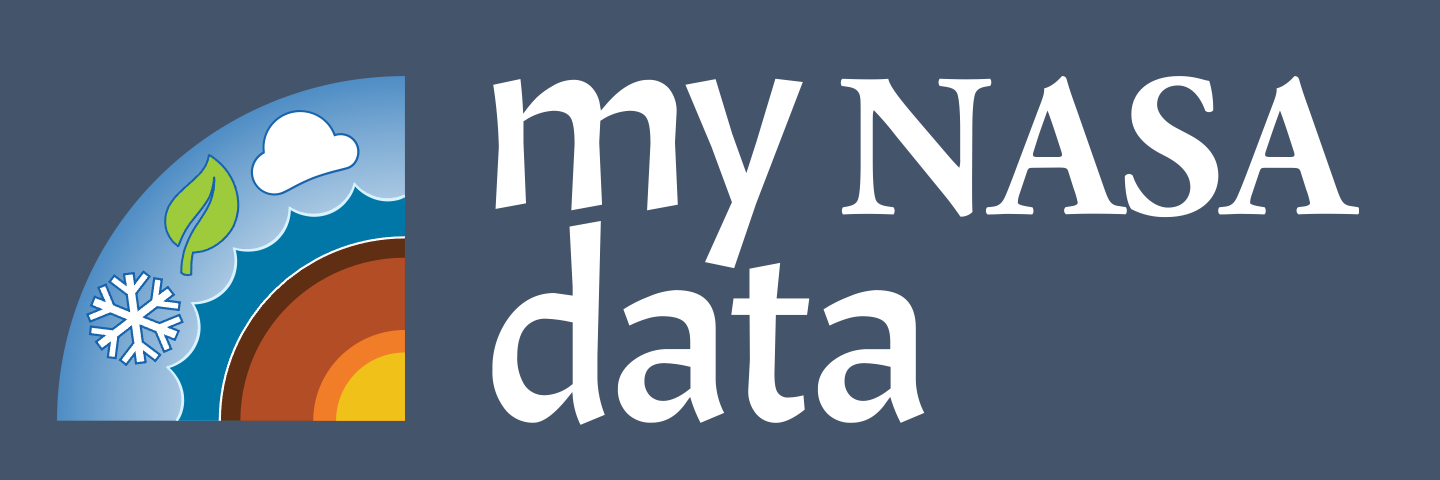Eclipse Learning Activities and Demos - Eclipse
Eclipse Learning Activities and Demos
There are many high-quality activities, lessons, and demos concerning the upcoming eclipse; here you will find a small subset of these that are especially helpful.
 |
Exploring the Solar System: Solar Eclipse This hands-on activity from the National Informal STEM Education Network demonstrates how the positions of the Earth, Moon, and Sun can align just right to produce a solar eclipse.
|
 |
Exploring the Solar System: Big Sun, Small Moon Another example from the National Informal STEM Education Network, this activity uses a beach ball and a tennis ball to demonstrate how the Moon, though much, much smaller than the Sun, can completely obscure the solar disk during an eclipse thanks to its comparatively short distance from the Earth relative to the Sun. |
 |
In this activity from the Night Sky Network of the Jet Propulsion Laboratory, participants use simple materials to construct a 3-D model of the Earth-Sun-Moon system to demonstrate how a solar eclipse occurs. |
 |
Why Don’t Eclipses Happen Every Month? This demo, again from Night Sky Network of the Jet Propulsion Laboratory, constructs a different 3-D model of the Earth-Sun-Moon system to illustrate why solar eclipses don’t occur every time there is a new moon. |
 |
My NASA Data Solar Eclipse Phenomenon Page The My NASA Data Solar Eclipse page features, mini-lessons, interactives and lesson plans for grades 3-12. |





